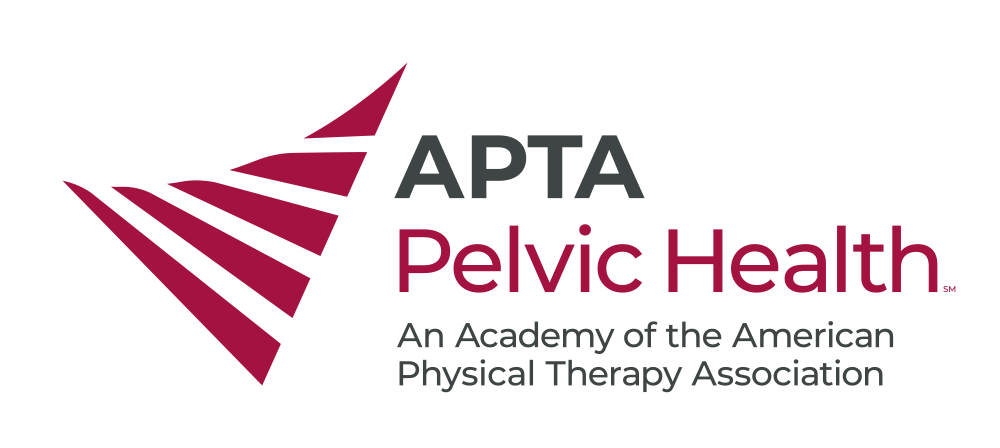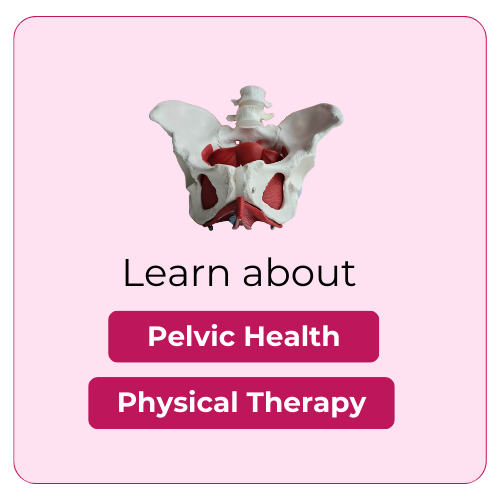Tailbone Troubles: Understanding and Managing Coccydynia
Coccydynia, also known as tailbone pain, refers to discomfort in the coccyx, the triangular bone at the base of the spine. This condition can significantly affect daily activities, particularly sitting, and can be caused by various factors. Fortunately, pelvic floor physical therapy can be a key element in managing and treating coccydynia effectively.
What is Coccydynia?
Coccydynia involves pain in the coccyx region, which can range from mild to severe. This pain is often aggravated by activities like sitting (especially for long periods), leaning back while sitting, standing up from a seated position, or even during sexual activity or bowel movements. In some cases, discomfort may also arise during coughing or sneezing.
Prevalence and Risk Factors
Coccydynia can affect individuals of any age, but it is more common in certain groups. The average onset age is around 40 years, with women being four to five times more likely to develop this condition than men. Additional risk factors include:
- Higher BMI: Overweight or obese individuals are three times more likely to experience tailbone pain.
- Postural habits: Poor posture can contribute to abnormal mobility or misalignment of the coccyx, leading to discomfort or pain.
Common Symptoms
The key symptom of coccydynia is pain in the tailbone area, which may manifest as:
- Pain when sitting, especially on hard surfaces or for extended periods
- Discomfort when standing or rising from a seated position
- Pain during sexual activity or defecation
- A deep aching or cramping sensation in the lower back or pelvic region
- Sciatica or concurrent low back pain
- Discomfort during coughing or sneezing
Causes and Etiology
The underlying causes of coccydynia are varied. In fact, about one-third of cases have no identifiable cause. However, common contributing factors include:
- Abnormal Mobility or Joint Instability of the Coccyx: Poor posture or misalignment can stress the coccyx and lead to pain.
- Repetitive Strain: Activities that put continuous pressure on the tailbone, such as prolonged sitting, cycling, horseback riding, or obesity, can lead to discomfort.
- Trauma: Injuries from falls, bruising, fractures, or childbirth can damage the coccyx and result in pain.
Physical Therapy (PT) Intervention for Coccydynia
Physical therapy offers a comprehensive approach to treating coccydynia. Some key treatment goals include:
- Restoring Alignment: Proper realignment of the coccyx and correcting joint instability can alleviate pain and improve mobility.
- Soft Tissue Therapy: Addressing dysfunction in the soft tissues surrounding the pelvic floor and tailbone can aid in reducing discomfort.
- Strengthening and Lengthening the Pelvic Floor Muscles (PFM): Improving pelvic floor muscle strength and flexibility can enhance recovery and reduce pain.
- Movement Pattern Retraining: Correcting poor movement habits, such as leaning back while sitting or sitting for too long, helps prevent flare-ups.
- Restoring Visceral Mobility and Function: Treating related issues, such as bowel or bladder problems, can also play a role in managing coccydynia.
- Patient Education: Teaching patients how to avoid painful activities, such as:
- Avoiding long periods of sitting or sitting on hard surfaces
- Using alternative positions during sexual activity
- Adopting proper sitting techniques, such as sitting upright without leaning back
Conclusion
Coccydynia is a condition that can cause significant discomfort but is treatable with the right approach. Through pelvic floor physical therapy interventions like restoring coccyx alignment, soft tissue therapy, pelvic floor strengthening, and movement pattern retraining, patients can experience relief from pain and improve their quality of life. With the right intervention, you can restore normal function and reduce or eliminate the pain associated with coccydynia, allowing you to live a more comfortable and active life.
References
Patel, R., Appannagari, A. & Whang, P.G. Coccydynia. Curr Rev Musculoskelet Med 1, 223–226 (2008). https://doi.org/10.1007/s12178-008-9028-1
Marinko LN, Pecci M. Clinical decision making for the evaluation and management of coccydynia: 2 case reports. J Orthop Sports Phys Ther. 2014;44(8):615-621. doi:10.2519/jospt.2014.4850

Author: Alecia O'Donnell, PT, DPT, 2024 CAPP Scholarship Recipient
Author Bio: Alecia O’Donnell is a Physical Therapist graduate from the University of Montana. She is dedicated to improving women's health, particularly in the area of pelvic pain. She has witnessed firsthand the lack of resources for women facing pelvic health challenges. With a deep commitment to providing quality care, she aims to offer compassionate support to women in need. Her goal is to advocate for better healthcare options and ensure women have access to the care they deserve.


